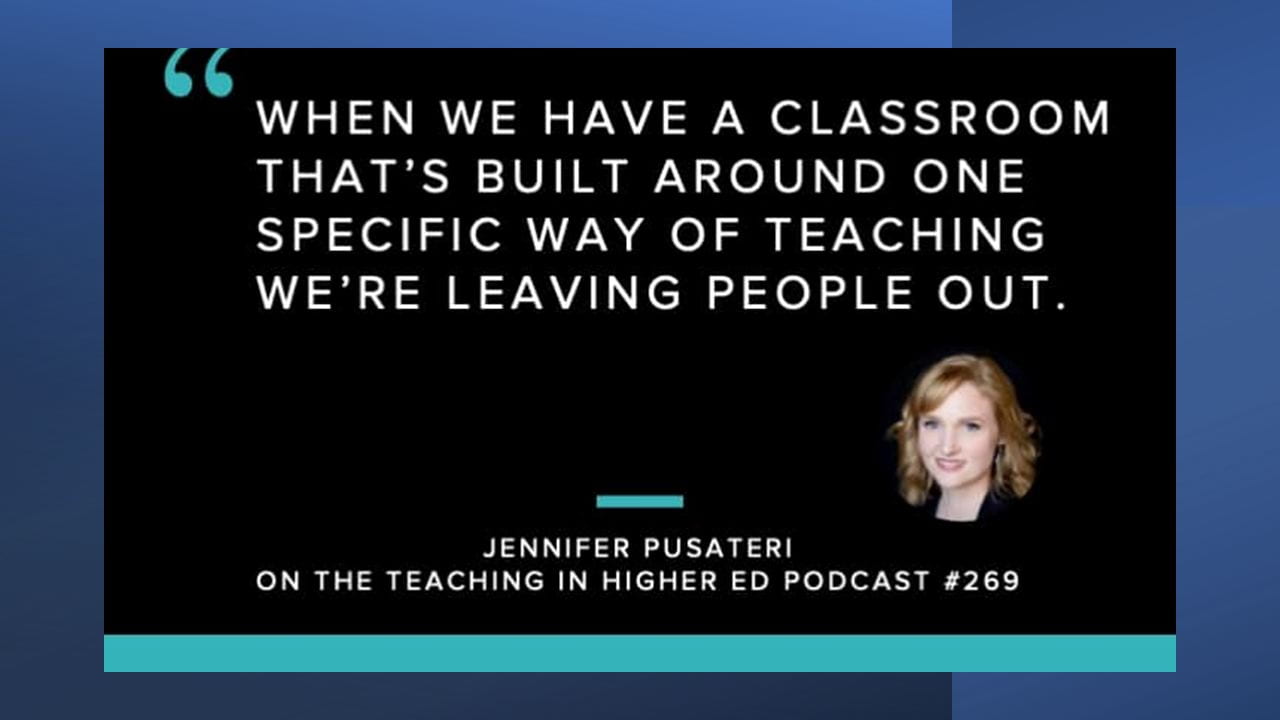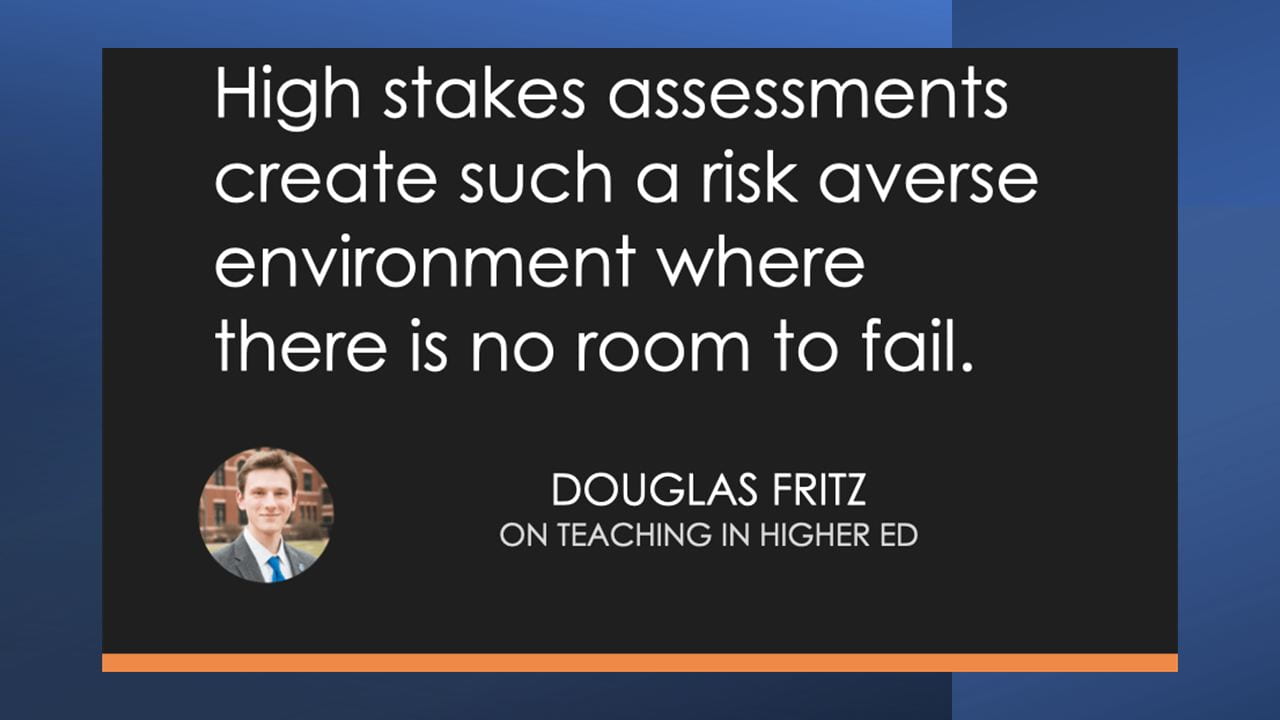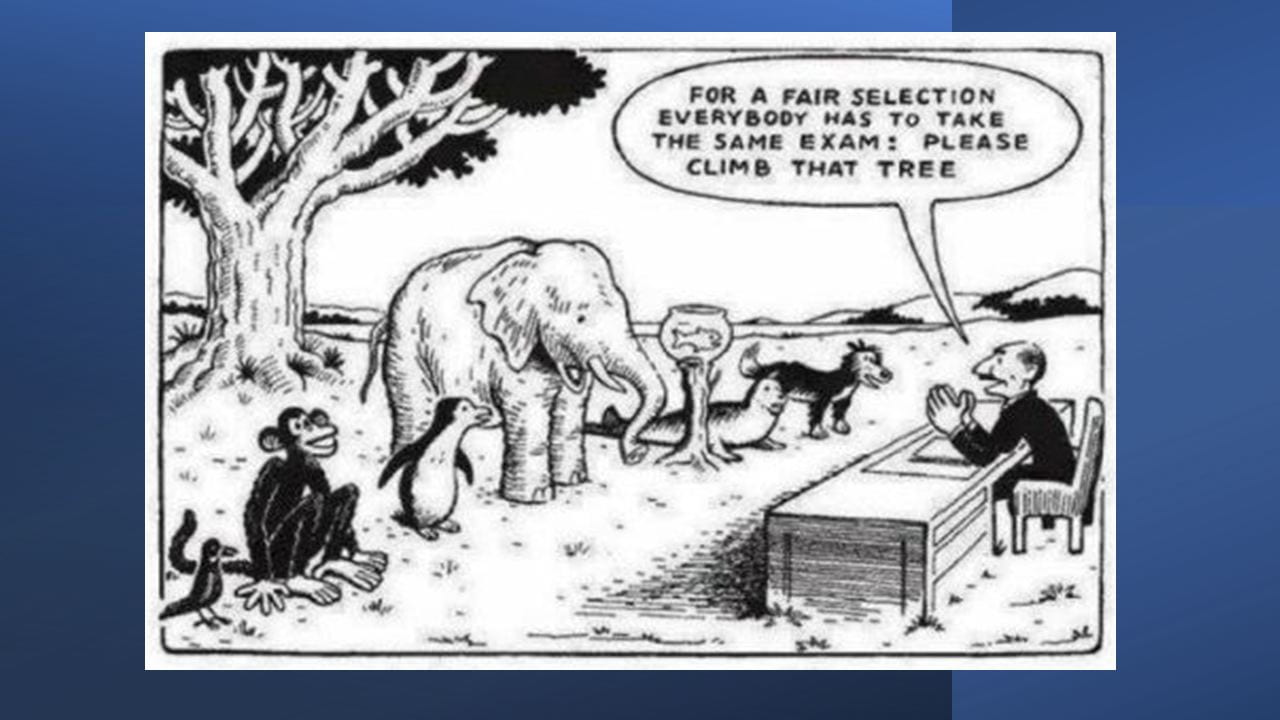
“When we have a classroom that’s built around one specific way of teaching and we’re leaving people out.“
Hello, faculty!
Over the past several weeks we have covered topics around best practices of including engaging discussions, offering thoughtful feedback, and assessment ideas, to name a few. We touched upon the incorporation and future of AI in higher education and how students are using it in conjunction with their coursework. This week we would like to focus on the significance of creating assessable learning for your students, Universal Design for Learning (UDL), and skim the surface of accessibility.
We encourage you to think about the students in your courses, what questions they ask, and what information they share or do not share with you. As you read and listen to the resources provided, reflect on your materials and if they meet the varied needs of the students in your courses. Review some of the resources from prior weeks with a lens of accessibility and connect it back to your course planning, maybe your design will change to be more inclusive.
-The ID Team
CITS | Instructional Development
Who:
Universal Design for Learning (UDL) is a crucial concept for higher education courses that’s all about creating inclusive and effective learning experiences for students. On campuses all across the world, students have diverse backgrounds, needs, and learning styles. UDL is a set of guiding principles that ensures everyone can thrive in a course regardless of mode. It’s not just an educational term; it’s a recipe for success. UDL helps educators design courses that cater to various learning strengths, weaknesses, and abilities, making learning more engaging and accessible. In summary, UDL plays a pivotal role in higher education, because it’s the key to making sure all students have the opportunity to succeed.
How:
In this edition learn how:
- UDL principals can inspire and strengthen course design.
- To craft assessments using UDL principles.
You:
Our goal for you is to:
- Support the students in your courses.
- Design engaging content for all learners.

Find out how the UDL framework guides the design of instructional goals, assessments, methods, and materials that can be customized and adjusted to meet individual needs.
 |
UDL: A Systematic Approach to Supporting Diverse Learners
“Previously we may have had an intuitive understanding that our students learned differently. Now functional MRI scans demonstrate this in living color. However, simply recognizing learner diversity is one thing; navigating this challenge in the classroom is quite another…researchers have developed a framework based on neuroscience that can help.” |
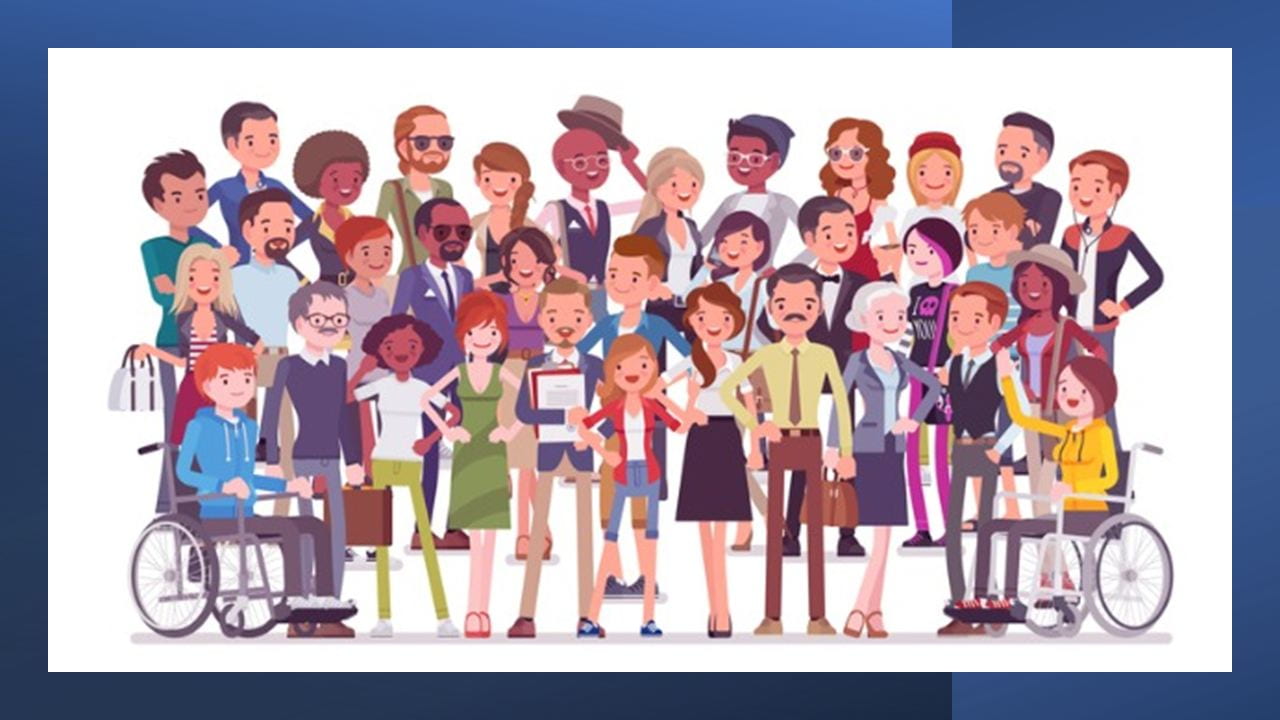 |
Culturally Responsive Teaching and UDL
“Creating educational experiences for our students that integrate Universal Design for Learning (UDL) and Culturally Responsive Teaching (CRT), a philosophy of education that centers students’ cultural backgrounds as essential to their learning is a powerful tool for preparing them for today’s professional environment, which increasingly acknowledges diversity as integral to success.” |
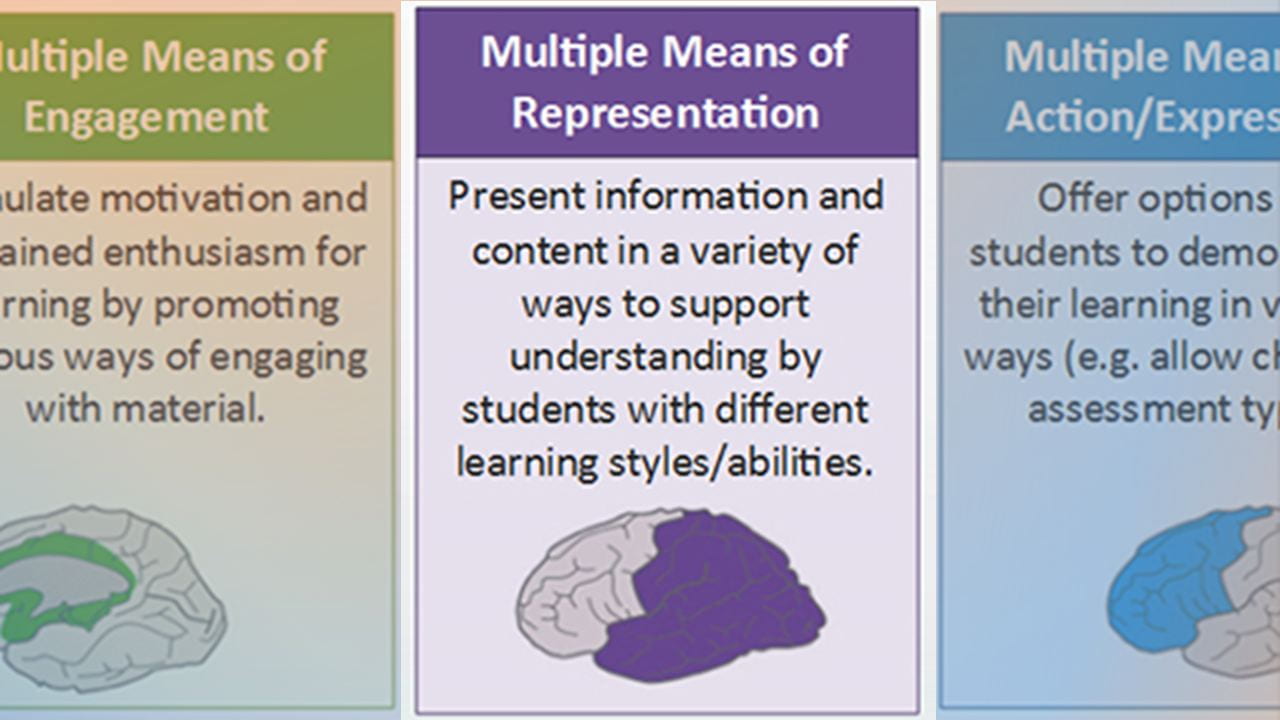 |
Provide Multiple Means of Representation
“Learners differ in the ways that they perceive and comprehend information that is presented to them… In short, there is not one means of representation that will be optimal for all learners; providing options for representation is essential.” |
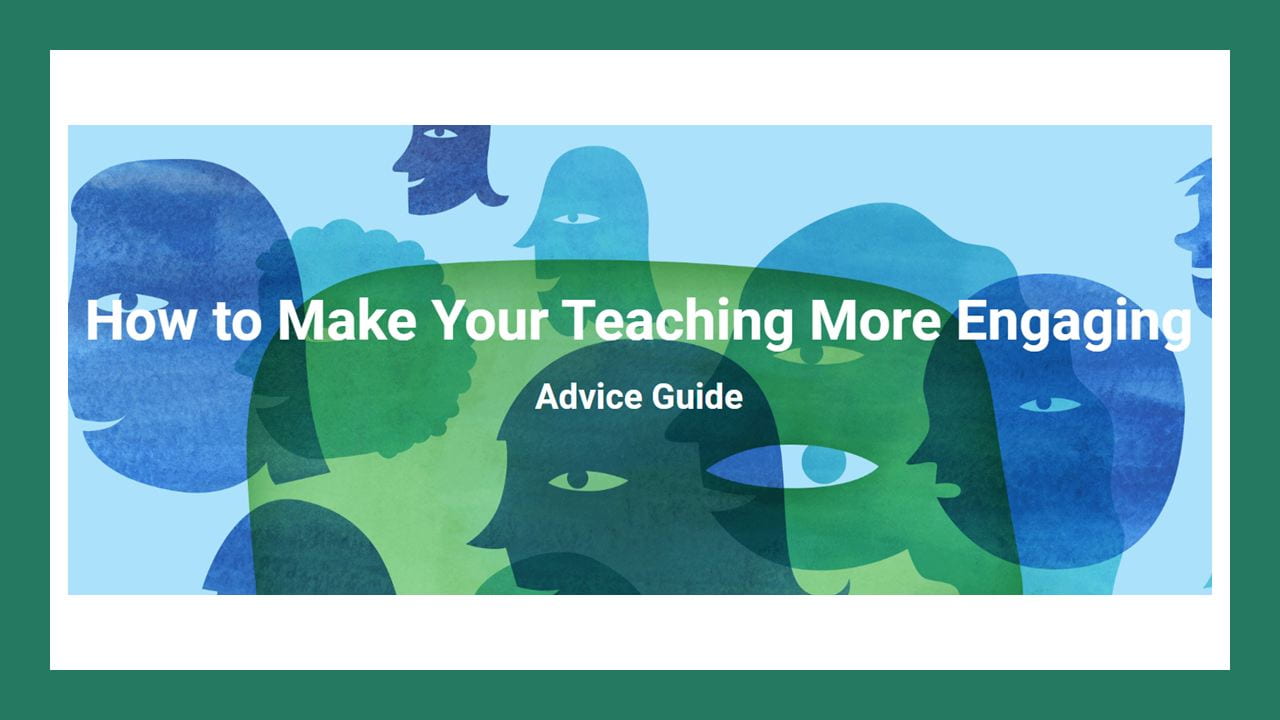 |
How to Make Your Teaching More Engaging
–The Chronicle of Higher Education “This guide is for anyone who wants to introduce energy or enthusiasm to their classrooms using methods that have been tried — and found true — through research and in classrooms.” |
- How Can I Make My Content Accessible?
- Visit our Universal Design for Learning website.
- What is Team-Based Learning?
- How Does ‘Flipping’ Work?
- Engage with Kahoot!
- Midterms on your Mind? Updating your grade center for students.
- 10/19 – Excel Charts
- 10/24 – Introduction to InDesign, Part 1
- 10/25 – Getting Started in Qualtrics
- 10/26 – Excel Pivot Tables
- 10/31 – Introduction to InDesign, Part 2
- ⭐️Save the Date – Annual New Approaches to Teaching and Learning Conference
- Check out our other self-paced offerings!
Instructional Development works with faculty to…
- Explore, design, and experiment with different teaching and learning modes.
- Research and integrate technologies that can enhance teaching and learning.
- Design and develop online courses and programs.
- Write learning outcomes, design assessments, craft activities, and develop content.
- Utilize best practices for using instructional technologies.
Feel free to contact us online to book an appointment!


